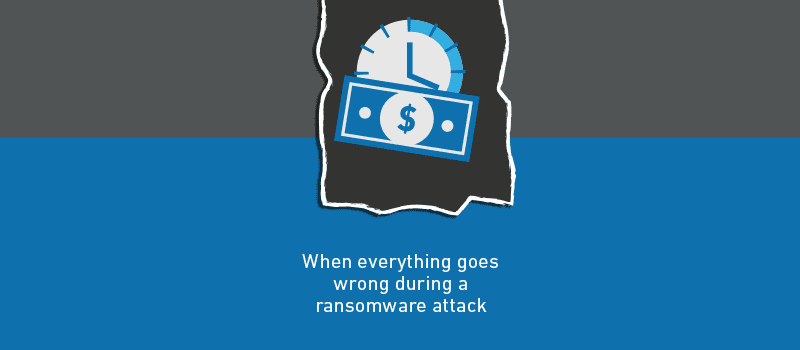What does the cloud, “Breaking Bad”, Australia, and bitcoins all have in common? If you are up-to-date on current cyberattack trends around the world, you may have heard about the “Breaking Bad” themed ransomware attack currently spreading like wildfire through Australian computer systems.
Ransomware is a type of extortion software that infects a computer system to lock down and scramble important data through encryption. It can lock you out of your computer or mobile device, prevent you from opening your files, or stop you from running certain applications like your browser. In most cases, if you pay the ransom, everything is fine, but sometimes this malware can destroy your data or permanently damage your computer.
Recently a law firm made headlines after they became victim to a ransomware attack. Paul Goodson’s law firm in North Carolina was infected with ransomware after a malicious email attachment was mistaken for a message sent from the firm’s answering service. The error left thousands of documents on the firm’s main server encrypted for a ransom of $300 USD.
This might seem like a low amount, since the average ransom demand is around $500 USD, But phishers keep the ransom strategically low to increase likelihood of payment and they usually request it in untraceable bitcoins. For the victim, the money is only a small part of the damage that ransomware can do. Paul Goodson tried to remove the malware and even attempted to pay the ransom—but the grace period for getting the decryption key had expired. He lost it all.
If this worries you (and it should), you are not alone. The FBI released an overview of the ransomware problem in January 2015 in an effort to educate and inform as many people as possible about this rising threat. Less than 6 months after this report came out, ransomware started emerging onto the smartphone market on a widespread scale and is estimated that it will cost businesses $2.5 trillion by 2019 if left unchecked.
If they can’t access your data, they can’t hold it hostage
The key to combating this vicious cycle is stopping the threat before it even begins by not allowing hackers initial access into your system. If they can’t access your data, they can’t hold it hostage–and the best way to avoid these attacks is through education. Some common spear phishing tactics used to deploy ransomware include:
- Spoofing law enforcement agencies through spear phishing emails that claim you have downloaded illegal content and demanding you pay a fine for the violation
- Sending you a message that tells you your Windows installation is counterfeit and requires activation, or that your security software is out of date or not working


Recent Comments